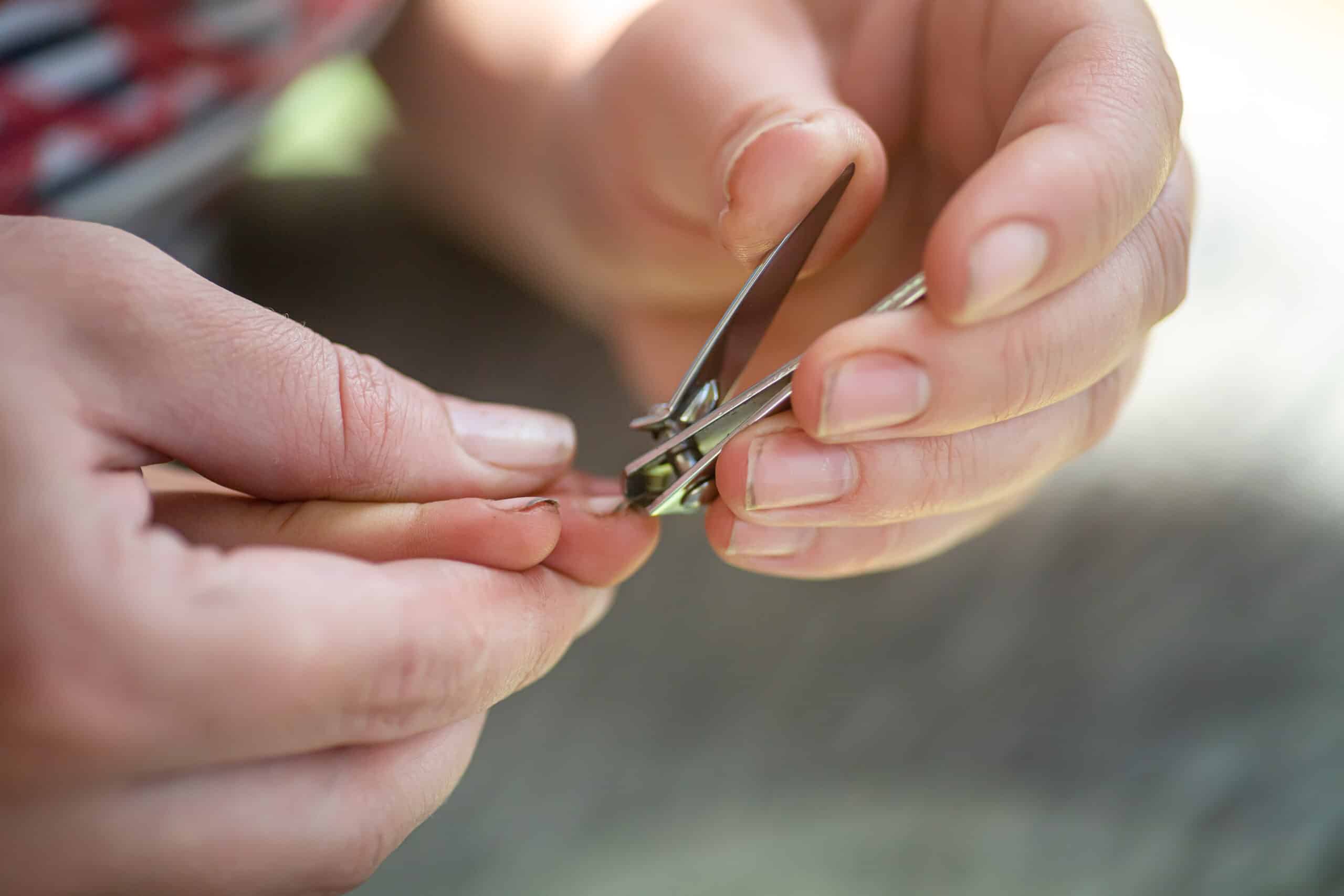How to Tie a Knot to a Fishing Hook
Key Takeaways
- The Improved Clinch Knot, Palomar Knot, and Uni Knot are recommended by experts as the best knots for tying a fishing hook
- The Palomar Knot, Trilene Knot, and Improved Clinch Knot are mentioned as the most secure knot options for joining a fishing hook
- It’s important to choose the right knot based on the specific fishing situation and the type of line and lure being used
When it comes to fishing, one of the essential skills every angler should know is how to tie a knot to a fishing hook. A properly tied knot ensures that your hook stays securely attached to your fishing line, increasing your chances of landing that big catch. In this article, we will explore different knots recommended by experts and discuss their strengths and weaknesses.
The Best Knots for Tying a Fishing Hook
According to various sources, there are several knots that are considered the best for tying a fishing hook. These knots include the Improved Clinch Knot, Palomar Knot, Uni Knot, Non-Slip Mono Loop, and Snell Knot. Let’s take a closer look at each of these knots:
1. Improved Clinch Knot
The Improved Clinch Knot is a popular and reliable knot for tying a fishing hook to your line. It is relatively easy to tie and has a high success rate in securing the hook. Field and Stream provides step-by-step instructions on how to tie this knot on their website [source].
2. Palomar Knot
The Palomar Knot is another highly recommended knot for tying a fishing hook. It is known for its strength and is considered one of the most secure knots. Field and Stream also mention this knot in their article [source].
3. Uni Knot
The Uni Knot, also known as the Duncan Loop, is a versatile knot that can be used for various purposes, including tying a fishing hook. It is relatively easy to tie and has good strength. You can find detailed instructions on how to tie the Uni Knot on Tackle Village’s website [source].
4. Non-Slip Mono Loop
The Non-Slip Mono Loop is a knot that allows the hook to move freely, providing a natural presentation to your bait. It is particularly useful for live bait fishing. Field and Stream recommend this knot in their article [source].
5. Snell Knot
The Snell Knot is a popular knot for tying hooks with an offset eye. It is known for its strength and is commonly used in saltwater fishing. Field and Stream mention this knot in their article [source].
The Most Secure Knot for Joining a Fishing Hook
While there are several knots mentioned above that are considered secure, the most secure knot for joining a fishing hook may vary depending on the specific circumstances. According to the information provided, the Palomar Knot, Trilene Knot, and Improved Clinch Knot are all mentioned as secure options.
Field and Stream specifically mention the Palomar Knot as one of the best knots for tying a fishing hook [source]. However, another source, Reel Rapture, suggests that the Trilene Knot is the most secure knot when tying a lure to monofilament line [source]. It’s important to consider the specific fishing situation and the type of line and lure you are using when choosing the most secure knot.
Conclusion
Tying a knot to a fishing hook is a crucial skill for every angler. The knots mentioned in this article – the Improved Clinch Knot, Palomar Knot, Uni Knot, Non-Slip Mono Loop, and Snell Knot – are all recommended by experts. Each knot has its own strengths and weaknesses, so it’s essential to choose the right knot based on your specific fishing situation.
Remember to practice tying these knots before heading out on your fishing trip to ensure that you can tie them quickly and securely. Experiment with different knots and find the one that works best for you.
Related Websites:
FAQs:
Q: Why is it important to tie a secure knot when attaching a fishing hook?
Tying a secure knot ensures that your fishing hook stays attached to the line, preventing the loss of your catch. It provides peace of mind and increases your chances of a successful fishing experience.
Q: What are the different types of fishing knots?
There are various types of knots suitable for different fishing scenarios. Some common types include loop knots, clinch knots, and uni knots. Each knot has its own advantages and applications.
Q: What factors should I consider when choosing a knot for a fishing hook?
When selecting a knot, consider the fishing line material and hook size. Different materials require different knots for optimal strength, while the hook size determines the knot’s ability to secure the hook effectively.
Q: How do I tie a knot to a fishing hook?
Here is a step-by-step guide:
1. Gather the necessary materials (fishing line, hook, scissors, etc.)
2. Thread the line through the hook eye.
3. Create an initial loop with the tag end of the line.
4. Wrap the tag end around the main line.
5. Pass the tag end through the formed loop.
6. Wet the knot and pull it tight.
7. Trim any excess line.
Q: What tips and precautions should I keep in mind for tying fishing knots?
To improve your knot tying skills, practice regularly. Additionally, avoid tying overly tight knots as they can weaken the fishing line. It’s important to strike a balance between tightness and flexibility.






